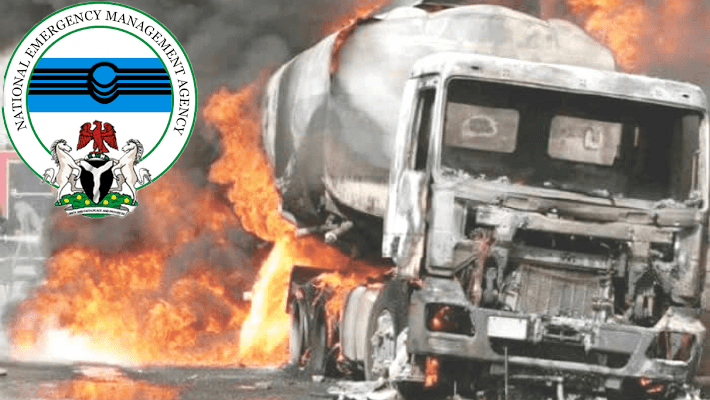A staggering 72 people have lost their lives in 171 road crashes across Gombe State between January and June 2025, according to alarming data released by the Federal Road Safety Corps (FRSC). The Sector Commander, Mr. Samson Kaura, made the grim revelation on Wednesday in Gombe, warning that road safety in the state is in a critical condition.
The crashes involved a total of 1,156 people, with 641 sustaining injuries and 443 escaping unhurt. The figures mean roughly 6 out of every 100 crash victims died, while over half were injured and about 38 percent escaped without harm. These troubling statistics highlight the growing danger of road travel in the state.
A particularly concerning trend is the high involvement of bicycles and tricycles, which made up nearly 235 of the vehicles involved in the accidents. Mr. Kaura noted that vulnerable road users are increasingly falling victim to the recklessness that characterizes many of these incidents.
Read also:
- FRSC sensitizes stakeholders in Kano on mitigating trailer, tanker crashes
- FRSC boss calls for collective action to curb road crashes
- FRSC restates commitment to UN goals against road crashes
A monthly breakdown shows that January was the deadliest month, recording 18 fatalities, while April and June followed closely with 16 deaths each. These months accounted for the bulk of the tragic losses, underscoring the need for urgent intervention.
Speeding, reckless driving, disobedience to traffic regulations, and overloading remain the primary culprits behind the crashes, according to Mr. Kaura. He urged drivers to take responsibility and follow road safety laws, especially with the rainy season making roads more treacherous.
He emphasized the importance of routine vehicle checks and proper maintenance, particularly brake systems, headlights, and wipers. He also advised motorists to slow down, avoid night driving when possible, and ensure full visibility to prevent avoidable tragedies on Gombe’s roads.
As road deaths surge in Gombe, the FRSC said it’s intensifying its public sensitization campaigns, but authorities warn that unless drivers and transport operators change their behavior, the death toll may continue to climb.







